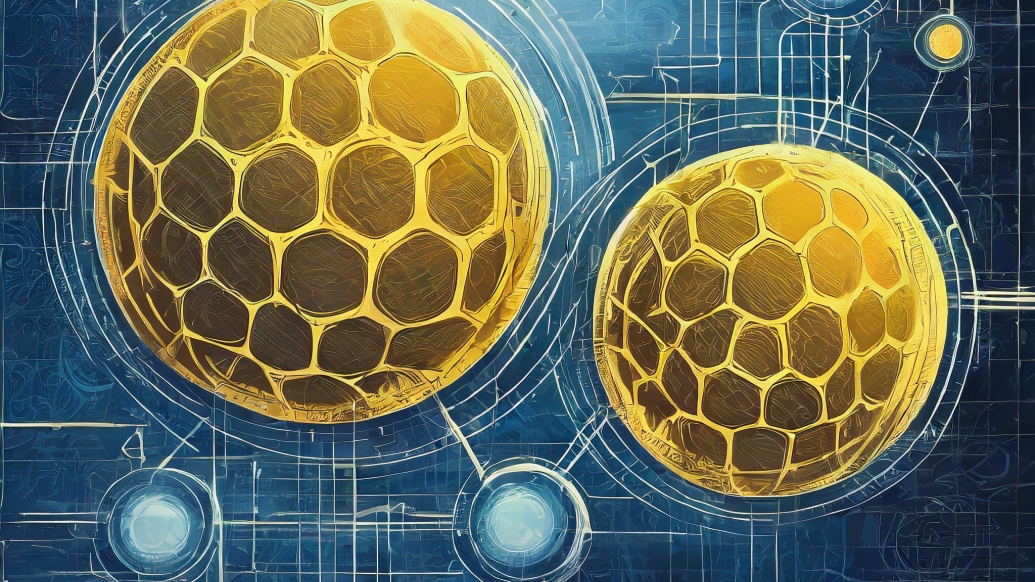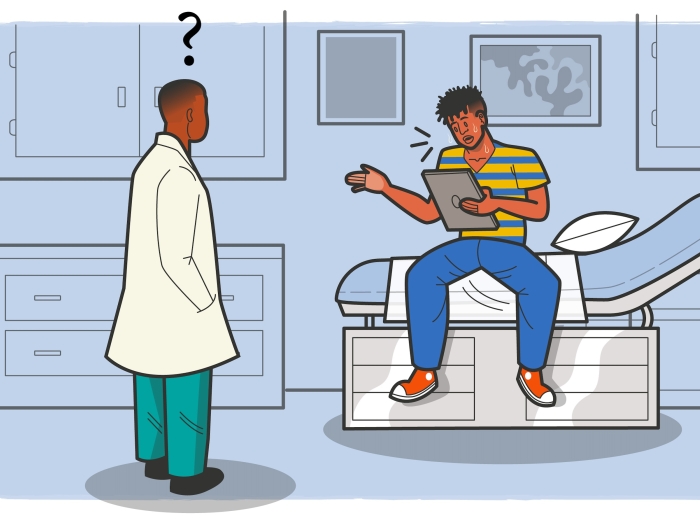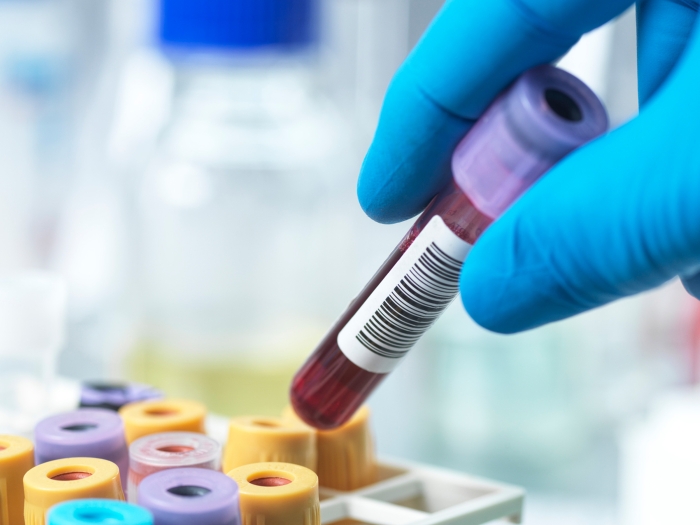“TwinCell Blueprint: Foundation for AI-assisted Cell Reprogramming”

Indika Rajapakse, a professor of Computational Medicine & Bioinformatics and of Mathematics, and his collaborators were awarded a grant from the Defense Advanced Research Projects Agency (DARPA) to develop an AI assisted foundation model for direct cell reprogramming. This project, called the TwinCell Blueprint, will enable rapid, AI-guided exploration of new methods for directly reprogramming one cell type into another. This research will radically accelerate discovery in understanding, predicting and modulating genome function through the development of predictive models.
The team includes co-PIs Lindsey Muir, Ph.D. (Computational Medicine and Bioinformatics) and Alex Gorodetsky, Ph.D. (U-M Aerospace Engineering) and industry partners NVIDIA and Oxford Nanopore Technologies.
“This collaborative effort, involving two of the most impactful industry partners in AI and genomics, couldn’t be more timely,” said Brian Athey, Michael Savageau Collegiate Professor and Chair, DCMB. “It is also noteworthy that DARPA is the federal government sponsor, who only funds projects on the cutting edge of technology and impact. This project promises a sea change in our understanding of cellular reprogramming and its technological implementation. Congratulations to Professor Rajapakse and his team.”

The quest to reprogram cells from one cell type to another (e.g. Weintraub, 1986, and Yamanaka, 2007), remains a holy grail in regenerative medicine, with transformational potential in cancer research and interventions, organ and tissue repair, drug discovery, and personalized medicine. In the TwinCell Blueprint project, the scientists leverage robotics-assisted wet lab automation, advanced sequencing, and imaging technologies to build datasets for cells that are undergoing reprogramming. These data will be coupled with a new compositional, multimodal AI/LLM modeling and control approach to demonstrate Direct Reprogramming of human fibroblasts to hematopoietic stem cells. Thus, the scientists’ approach couples a “biological twin” with a “digital twin” in an adaptive learning loop: The two twins work in tandem, the digital twin proposing new experiments and intervention protocols, while new experimental data from the biological twin enables its digital counterpart to update fidelity and confidence in its model predictions. Model creativity will be evaluated based on the range of viable solutions that the team’s computational model suggests to explore.
“The TwinCell Blueprint project is a beautiful combination of cell biology and modern AI. My hope is that it will be a foundation for using AI to accelerate experimental biology and biomedical science,” said Rajapakse.
The group aims to construct an infrastructure that can be made widely available for building predictive dynamic models in the biological and medical fields, with a final proof-of-concept demonstration of radically improving the efficiency of cellular reprogramming. This highly innovative project will extend to diverse scientific disciplines that traditionally lack access to the large-scale, pertinent data that drove text and vision-based large language models.

Professor

Research Assistant Professor





